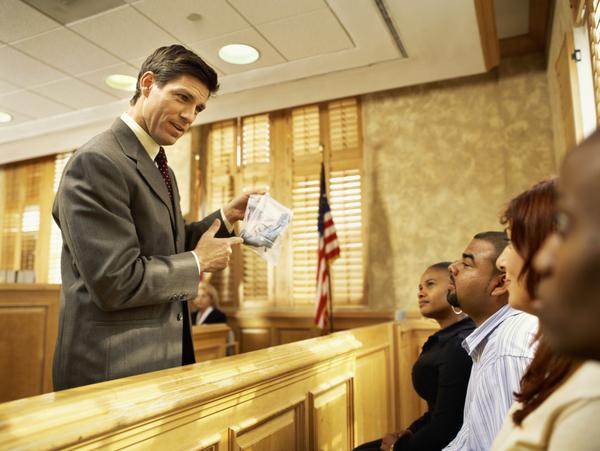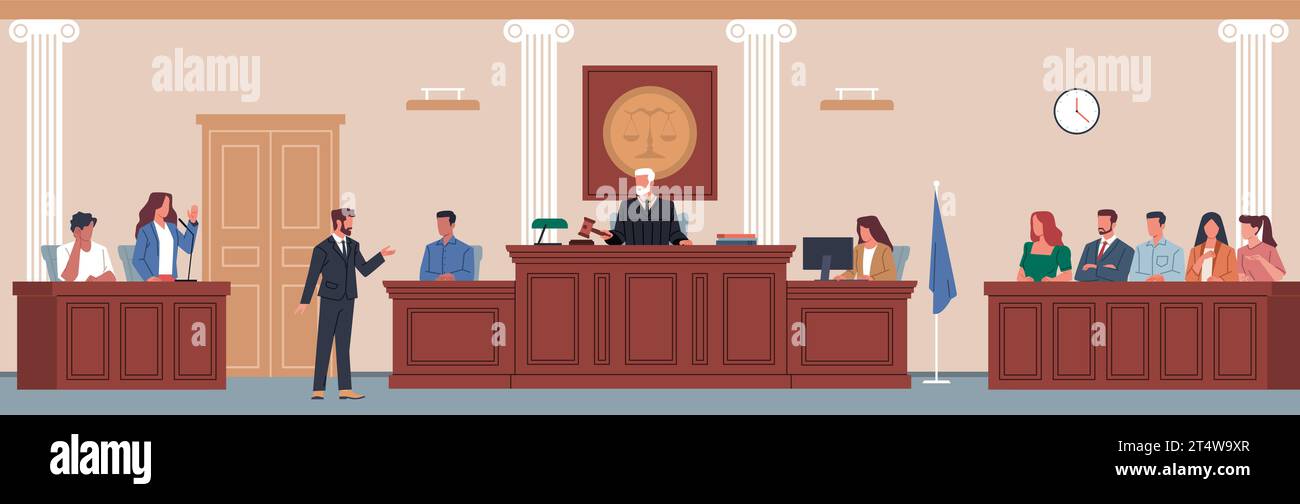Multimedia in trial presentations make a lasting impression.
Wiki Article
How Trial Presentations Enhance Your Disagreement and Convince Jurors
Trial presentations serve as a critical device for improving legal disagreements and convincing jurors. The critical use of visuals not just clarifies intricate info however additionally captures jurors' interest extra properly than words alone.
Relevance of Visual Aids
Visual help play an essential role in boosting the efficiency of test presentations, as they can dramatically enhance target market involvement and retention of info. In the context of a trial, where jurors are charged with processing complex details, aesthetic aids offer to simplify and clear up vital factors. Graphes, graphs, and photos can communicate information and concepts that might or else overwhelm or perplex jurors, enabling a more simple understanding of the proof provided.Moreover, visual aids help in keeping juror attention throughout the process. By damaging the monotony of spoken statement, these devices can punctuate vital disagreements, making them extra memorable. Efficient aesthetic aids can likewise stimulate psychological responses, which can be crucial in encouraging jurors to align with the presenter's narrative.

Crafting Compelling Narratives
An engaging story is essential in test presentations, as it acts as the foundation of reliable persuasion. It permits lawyers to weave together truths, evidence, and psychological elements into a coherent story that reverberates with jurors. This narrative framework makes it possible for jurors to comprehend the intricacies of the situation while guiding them through the lawyer's debate.To craft a compelling story, lawyers should focus on clearness and coherence. This includes establishing a clear lead character-- often the client-- and describing their trip through the occasions in question. Providing the truths in a rational sequence enhances comprehension and maintains involvement. Furthermore, the usage of vivid summaries can produce mental pictures that aid jurors envision the occasions, making the narrative a lot more memorable.
Moreover, integrating key motifs throughout the discussion strengthens the core message and help in retention - trial presentations. The narrative ought to not just communicate info yet also evoke a sense of justice, highlighting the risks included. Eventually, a sound narrative promotes a link in between the jurors and the case, placing the attorney's argument as both qualified and engaging, thus boosting the chance of a favorable verdict

Involving the Jury Mentally
Efficient court interaction depends upon the attorney's capacity to link with jurors on a psychological level. This link can significantly impact jurors' understandings and their ultimate decision-making. Utilizing sob stories allows attorneys to humanize the situation, transforming abstract legal principles into relatable experiences. By presenting real-life tales or testimonials, attorneys can stimulate empathy and compassion, fostering a deeper understanding of the issues at stake.Visual help, such as pictures or video clips, can better improve emotional engagement, offering jurors with vivid representations of the case's human components. Crafting a narrative that highlights the struggles and triumphs of the individuals entailed makes certain that jurors see beyond the lawful arguments and acknowledge the human repercussions of their choices.
Additionally, tone and body movement play an essential duty in sharing feeling. A lawyer's passionate shipment can resonate with jurors, enhancing their emotional investment in the case. It's essential to balance emotional allures with valid evidence, ensuring that jurors really feel obliged to act while staying grounded in the reality. Ultimately, an emotionally involved jury is most likely visit to be persuaded, making psychological link a vital part of effective test presentations.
Structuring Your Presentation

The body of the presentation must be rationally segmented into bottom lines, each sustained by compelling proof. It is helpful to make use of narration techniques to weave realities into a story that jurors can conveniently adhere to. Visual aids, such as charts and video clips, can boost comprehension and involvement, helping to highlight essential pieces of proof.
Real-World Study
Checking out real-world study gives very useful insights into the art of test discussions and persuasion. For example, the landmark situation of "O.J. Simpson v. Individuals of The golden state" shows how visual help and engaging stories can guide court perceptions. The defense team efficiently used a method that integrated high-profile professional testimonies with multimedia discussions, which mesmerized jurors and inevitably affected their choice.
Another remarkable example is the "McDonald's Coffee Situation," where the plaintiff's attorneys made use of visuals photos of the injuries suffered by Stella Liebeck. trial presentations. This raw aesthetic proof played an essential role in conveying the severity of her burns, causing a significant court award. Such instances demonstrate that impactful test discussions commonly rest on the reliable integration of visuals and storytelling to evoke psychological feedbacks from jurors
In addition, the "Casey moved here Anthony Test" highlighted the importance of narrative coherence and integrity. The prosecution's failure to develop an engaging timeline reduced their persuasive power, emphasizing the necessity of a well-structured presentation. Examining these cases reveals that effective test presentations require tactical planning, emotional engagement, and the capacity to reverberate with jurors' values and beliefs.
Final Thought
Test presentations considerably improve arguments and persuade jurors with the tactical use visual help, engaging narratives, and psychological engagement. By simplifying intricate info and fostering connections with the audience, these aspects create an unforgettable and impactful experience. A well-structured discussion equilibriums psychological appeals with accurate proof, eventually reverberating with jurors' values. The assimilation of these methods not only influences decision-making but likewise emphasizes the significance of effective communication in the court room.Report this wiki page